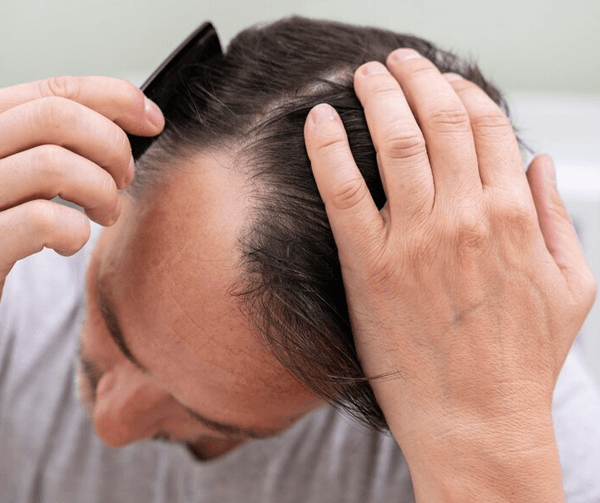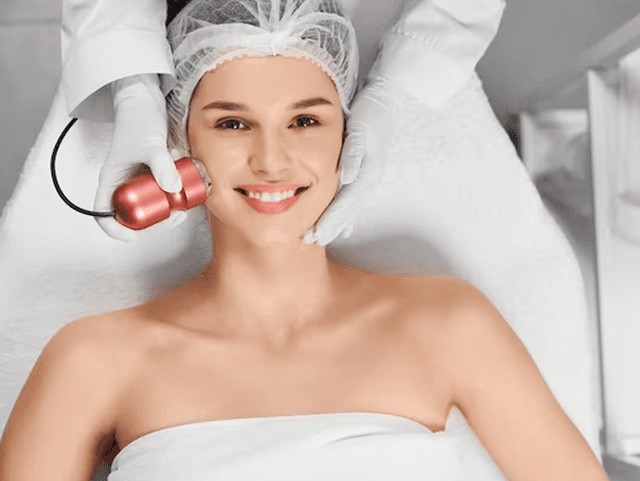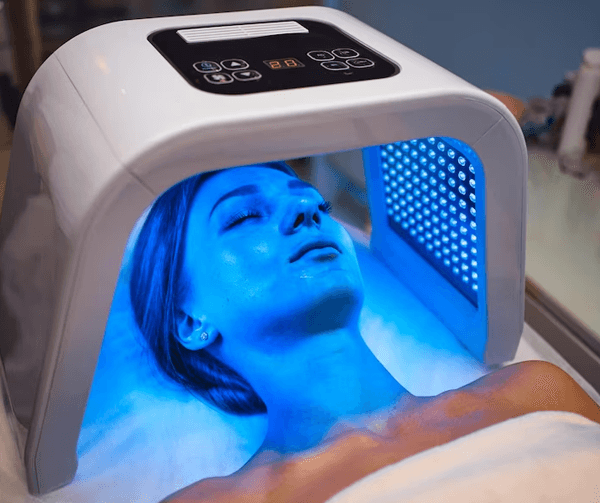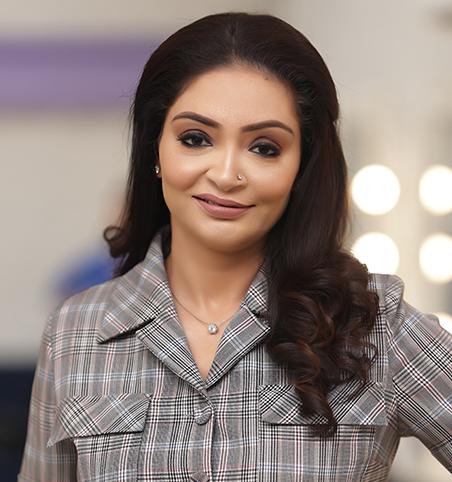In the previous article, we looked at what varicose and spider veins and how they are caused. In this continual article, we will look at other aspects of these two conditions.
When to go meet a doctor?
There are certain situations associated with varicose veins, wherein you will need to go meet a doctor immediately. These include:
- There are sores and rashes either on the leg or around the ankle
- The skin on the ankles and calves becomes thicker and there is often a colour change
- The vein swells up and becomes red, tender to touch or even warm
- Any one of the varicose veins starts to bleed
- Going about your daily activities becomes difficult
- There is chronic pain or too much itching
What is the process of diagnosis?
Normally, the first step of diagnosis for varicose or spider veins, is a physical one, as in the doctor will conduct a physical exam to gauge the condition as well as its extent. They will talk to you about the symptoms that you have been observing in the past few days or weeks. Tests will be required for a more precise diagnosis, and these could include ultrasound and blood tests. In rare cases, a venogram might be required, especially if the doctor needs to get a closer look at the blood flow in the veins.
Is there a method of preventing spider or varicose veins?
There is no sure shot way of preventing spider or varicose veins, but there are methods by which their appearance can be reduced. In addition, there are also methods by which the pain and discomfort can be controlled.
- Varicose or spider veins are normally caused due to inactivity, when you sit or stand for very long stretches. This is why it is important that you do both, at regular intervals.
- Even if you have a job where you have to sit or stand for long intervals, it would be advisable that you take frequent breaks. Every 30 minutes, take a break and walk around a little and include some basic stretching exercises.
- Weight control is also important, because these conditions tend to affect obese or overweight people more than those who have a control over their weight. When your weight is under control, your legs will not have to support the extra weight.
- When sitting, try not to cross your legs for a really long time and elevate them as much as possible. This will allow for the blood to flow a little more easily, as opposed to when the blood has to move against gravity.
- For women, it would be advisable that keep their usage of high heels to the minimal, especially if there is a family history of varicose or spider veins. If you have a job, where you have to stand long hours, then it would be wise to wear flats or lower heels.
- Elastic support stocking are a good idea for legs that are unable to take the pressure. It would also be wise to avoid clothes that are really tight around the waist, legs or groin, as these will constrict the blood flow.
- People who have a family history of varicose or spider veins, should consider a diet that is low in salt, but rich in fibre. Reducing the salt levels in one’s diet will ensure that there is lesser water retention and the swelling in the veins is also kept on the down low.
Is the treatment one that will last a lifetime?
Modern day treatments can assure you that you will have immediate relief and it will last a really long time. However, no treatment is finite and there is always the chance that varicose or spider veins might recur. This can happen because if the valves of the veins are weak, there is little or no chance of them becoming stronger. Your doctor will suggest that you undergo regular ultrasounds to ensure that your veins are in good shape and they might also suggest regular follow-up treatments. Once you have had the treatment, it would be a good idea to constantly wear support stockings for as long in the day as possible.
What are the main methods of treating varicose veins and spider veins?
Some of the most commonly used method of treating these conditions include:
- Compression stockings – Easy to find, these are elastic stockings that are slightly thicker in nature and can offer extended support to the legs and calves. There are various levels of support that these stockings provide and your doctor will be able to make the most appropriate suggestion for you, after examining your thoroughly.
- Sclerotherapy – This is perhaps the most commonly used treatment for both conditions. A solution is injected into the veins and these lead to the deflation of the engorged veins. Actually, the chemical or the sclerotherapy solution causes the walls of the veins to stick together and stop the flow of blood. Eventually the vein transforms into scar tissue and over a period of time, the vein fades away.
- Surface laser treatments – In the more mild cases of varicose or spider veins, laser treatment might be enough. An intense beam of light is directed at the veins and the light is able to penetrate the skin and make the vein fade away. This is the ideal form of treatment for smaller veins or spider veins. However, this treatment is not suitable for all people and only a doctor will be able to make the right suggestion.
- Surgery – This is often the only way out for people, where the varicose veins are too large or too widespread. The veins are removed surgically, and post-surgery, regular follow-ups will be required.







